Shift Towards Preventive Healthcare
The Medical Kiosk Market is witnessing a shift towards preventive healthcare, which is reshaping the landscape of health services. As awareness of health issues increases, patients are more inclined to seek preventive measures rather than reactive treatments. Medical kiosks play a vital role in this paradigm shift by offering health screenings, wellness assessments, and educational materials. Data suggests that preventive healthcare initiatives can reduce overall healthcare costs by up to 30%, making them an attractive option for both patients and providers. This focus on prevention not only enhances patient outcomes but also drives the demand for medical kiosks that facilitate these services. Consequently, the Medical Kiosk Market is poised for growth as healthcare systems adapt to this evolving focus on preventive care.
Increased Focus on Patient Engagement
The Medical Kiosk Market is significantly influenced by the growing emphasis on patient engagement. Healthcare providers recognize the importance of involving patients in their own care processes, which leads to improved health outcomes. Medical kiosks serve as effective tools for enhancing patient engagement by providing easy access to health information, educational resources, and interactive features. This trend is supported by data indicating that engaged patients are more likely to adhere to treatment plans and attend follow-up appointments. As healthcare organizations strive to foster a culture of patient-centered care, the demand for medical kiosks is expected to rise. This shift towards patient engagement not only enhances the overall healthcare experience but also positions the Medical Kiosk Market for sustained growth.
Rising Demand for Self-Service Solutions
The Medical Kiosk Market experiences a notable increase in demand for self-service solutions. Patients increasingly prefer to manage their healthcare interactions independently, which drives the adoption of medical kiosks. These kiosks facilitate various functions, including appointment scheduling, check-in processes, and payment processing. According to recent data, the self-service kiosk market is projected to grow at a compound annual growth rate of approximately 6.5% over the next few years. This trend indicates a shift towards automation in healthcare settings, allowing providers to enhance operational efficiency while improving patient satisfaction. As healthcare facilities seek to streamline processes and reduce wait times, the integration of self-service kiosks becomes a strategic priority, thereby propelling the Medical Kiosk Market forward.
Technological Advancements in Healthcare
Technological advancements play a pivotal role in shaping the Medical Kiosk Market. Innovations such as touchless interfaces, advanced biometric systems, and real-time data analytics are increasingly integrated into medical kiosks. These technologies not only enhance user experience but also improve the accuracy of patient data collection. For instance, the incorporation of artificial intelligence and machine learning algorithms allows kiosks to provide personalized health recommendations based on user input. As healthcare providers invest in these technologies, the market for medical kiosks is expected to expand significantly. Reports suggest that the healthcare technology market is anticipated to reach over 500 billion dollars by 2027, indicating a robust growth trajectory that will likely benefit the Medical Kiosk Market.
Regulatory Support for Digital Health Solutions
Regulatory support for digital health solutions is a crucial driver for the Medical Kiosk Market. Governments and health authorities are increasingly recognizing the value of technology in improving healthcare delivery. Initiatives aimed at promoting telehealth and digital health solutions create a favorable environment for the adoption of medical kiosks. For example, recent policies have encouraged the integration of technology in healthcare settings, facilitating easier access to services for patients. This regulatory backing is likely to stimulate investment in medical kiosks, as healthcare providers seek to comply with new standards and improve service delivery. As a result, the Medical Kiosk Market stands to benefit from this supportive regulatory landscape, which may lead to increased market penetration and innovation.


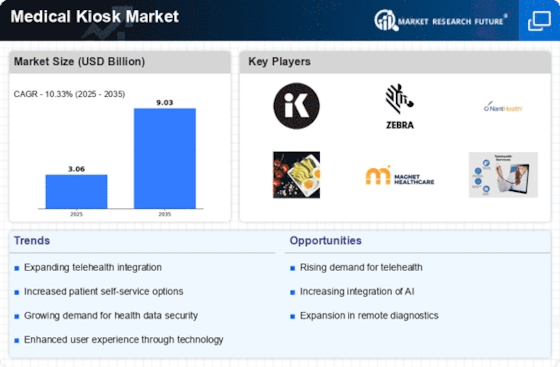
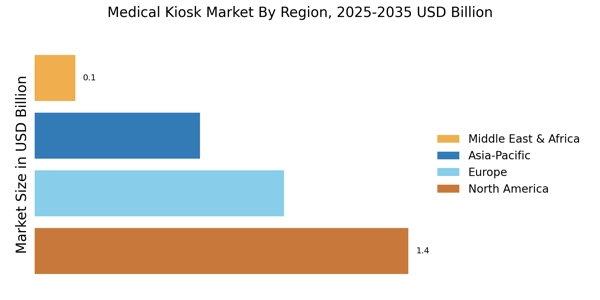

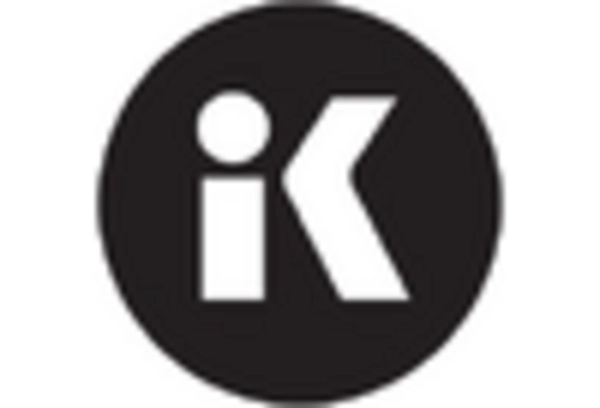

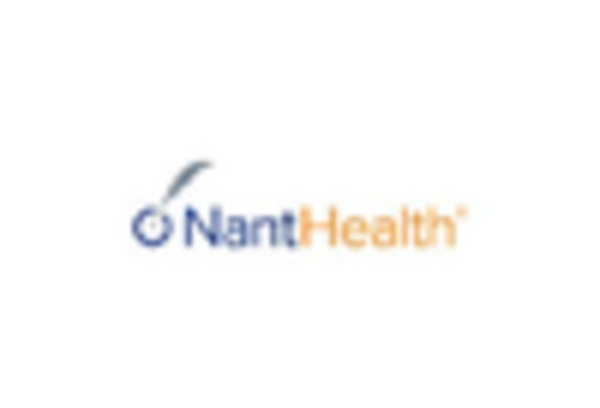
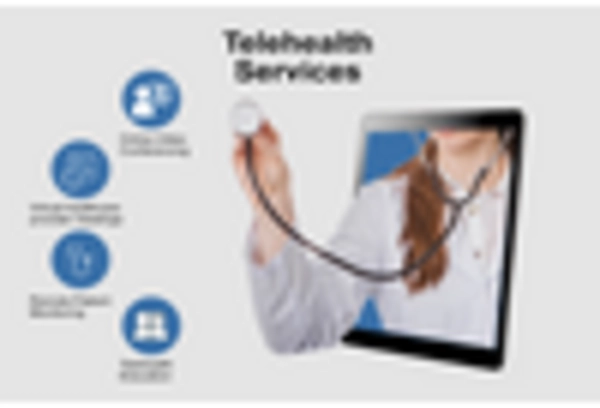









Leave a Comment